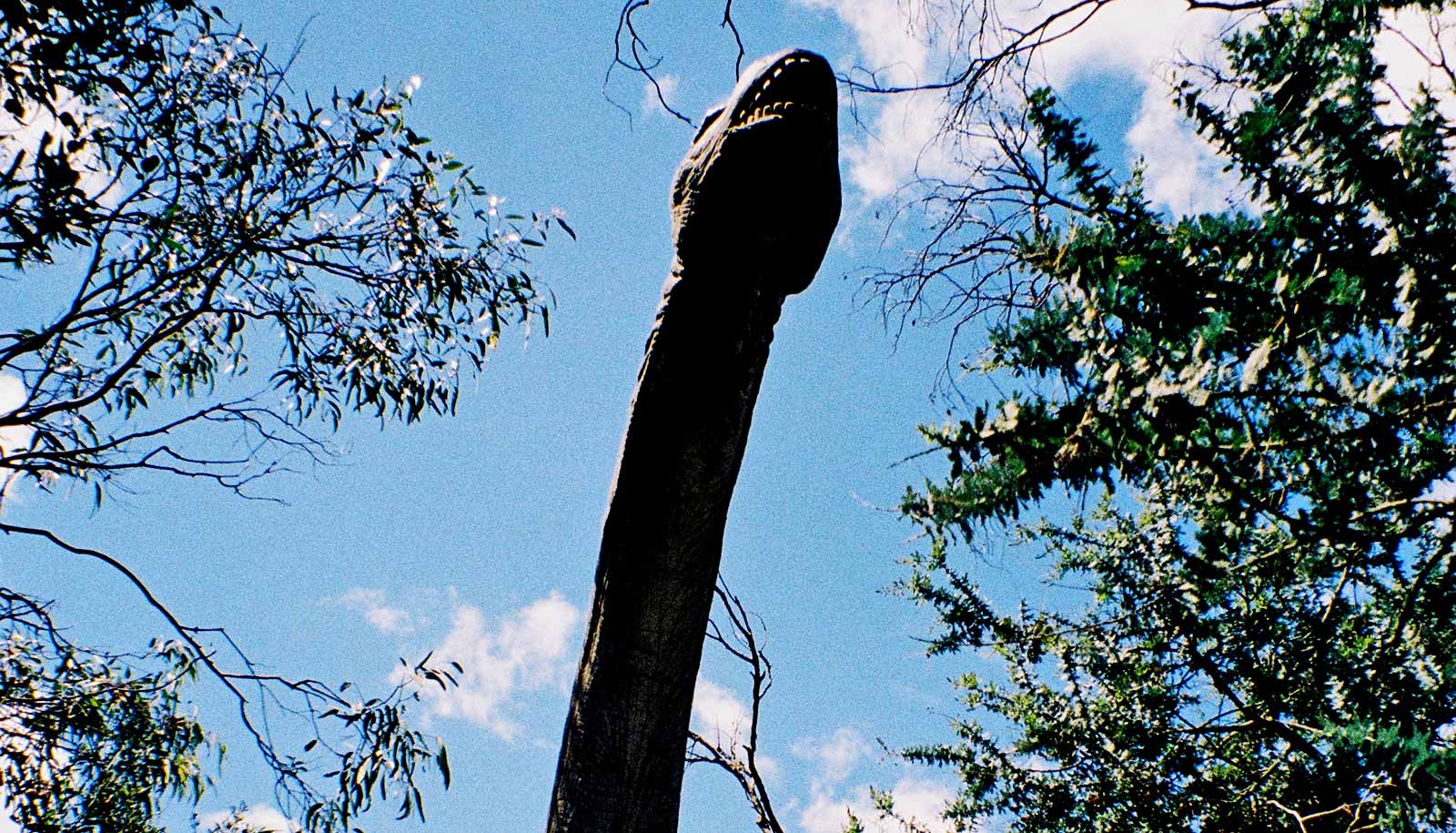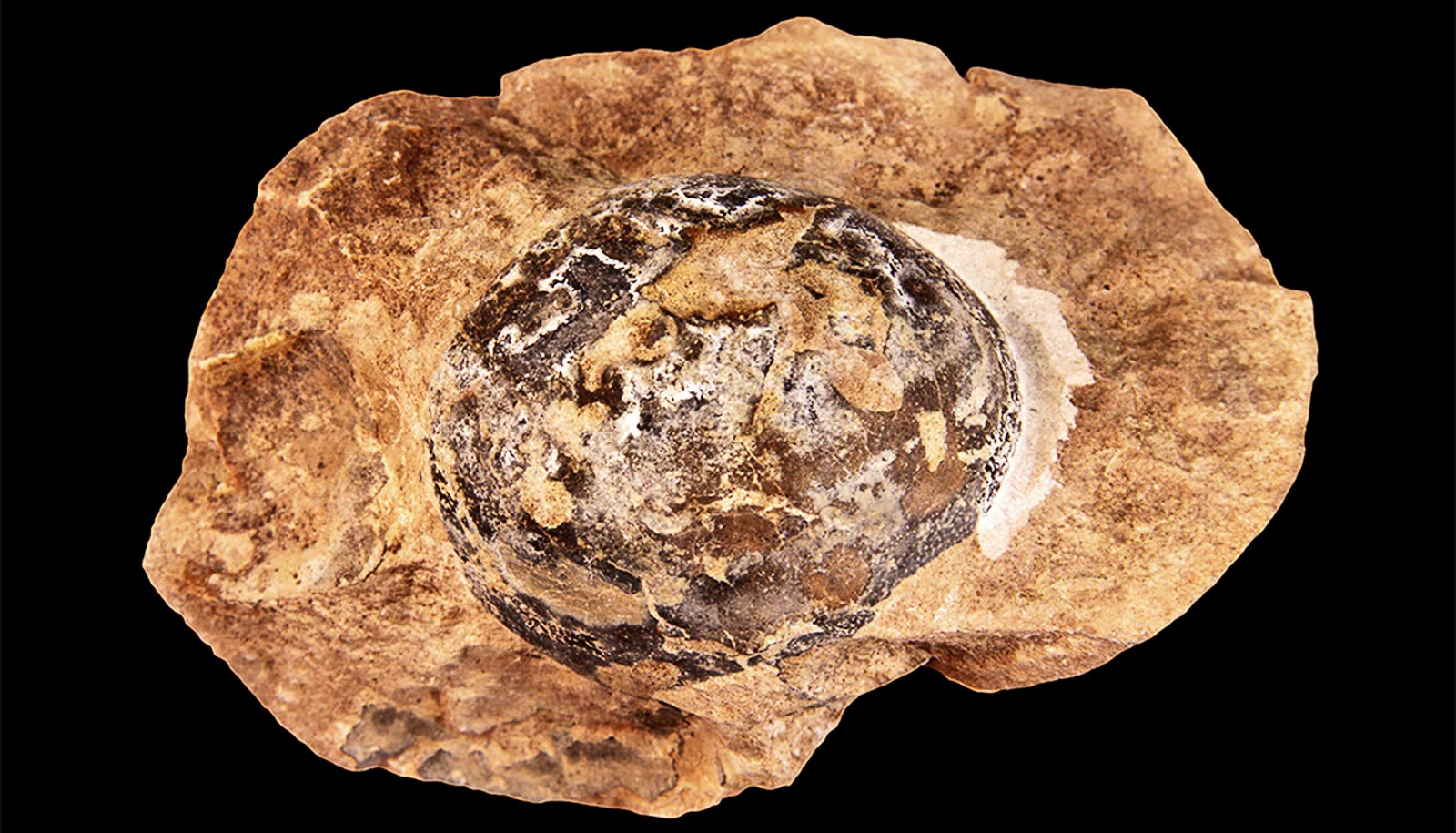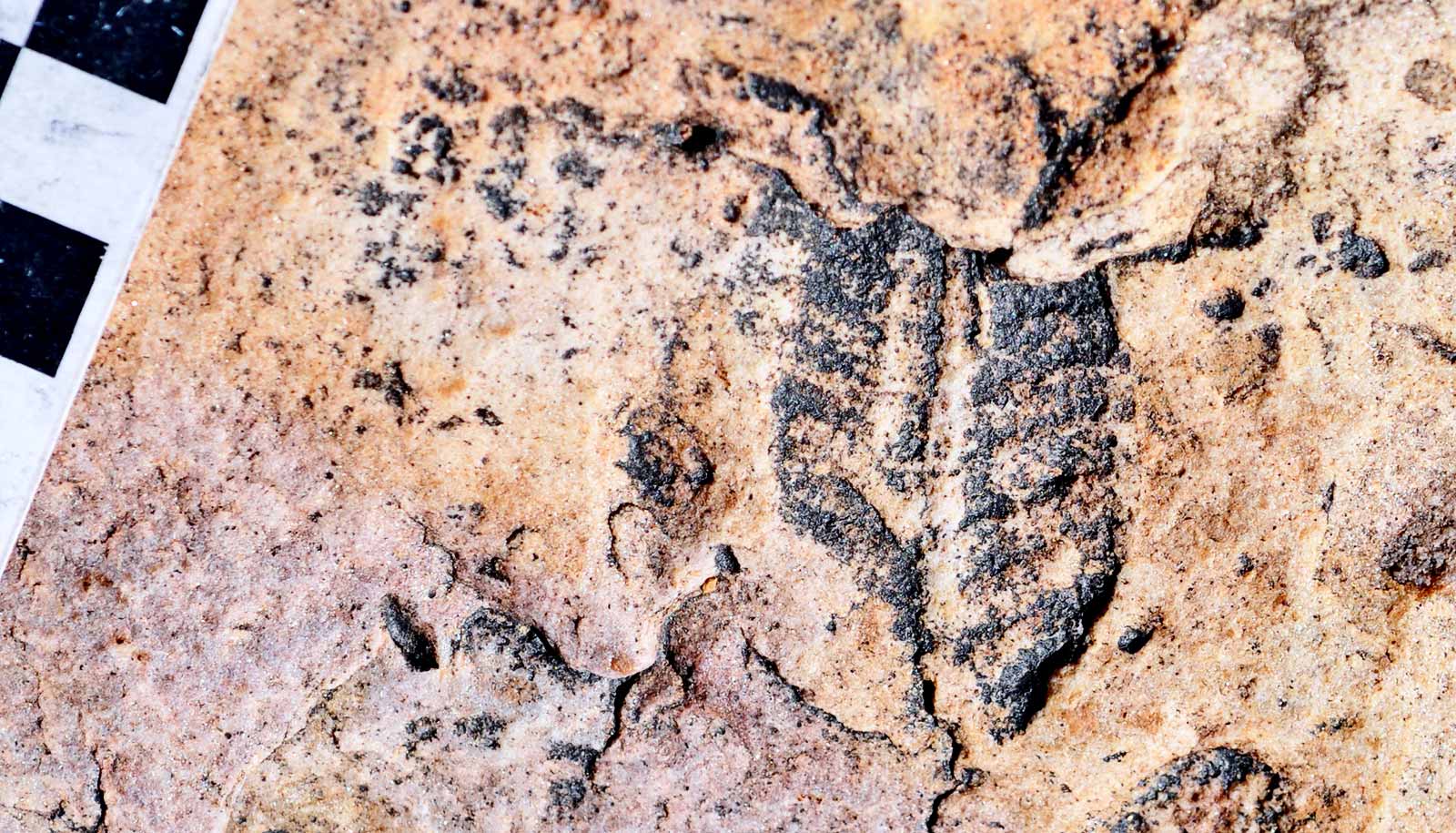A vertebra from a long-necked dinosaur that lived in northern Columbia approximately 175 million years ago helps rewrite the history of sauropods in South America, researchers say.
The medium-sized sauropod dinosaur inhabited the tropical lowland forested area of the Serranía del Perijá, according to a new study.
The new species is a long-necked, plant-eating dinosaur known from a single trunk vertebra that is about a half meter tall and wide. The vertebra bears a distinct pattern of bony struts that identify it as the new dinosaur species Perijasaurus lapaz (pear-EE-hah-SOW-roos la-PAHZ)—named in recognition of the mountainous region where it was found and for the 2016 peace treaty that allowed scientists to pursue their research decades after the fossil remains were found in 1943.
Perijasaurus is the northernmost occurrence of a sauropod in South America and represents an early phase in their evolutionary history.
“This new genus and species in the paleotropics allows us to understand a little more about the origin of the sauropods in the Jurassic, as well as how they set the stage for later sauropods from the Cretaceous,” says Aldo Rincón Burbano, professor of physics and geosciences at the Universidad del Norte in Colombia, and lead author of the study in the Journal of Vertebrate Paleontology.
The fossil was first discovered in 1943 during a geological mapping campaign by the Tropical Oil Company. The specimen was taken to the collections of University of California, Berkeley, and preliminarily described in 1955.
Jeff Wilson Mantilla, paleontology curator and professor at the University of Michigan, examined the specimen as a graduate student in 1997 and later developed a project supported by the Fulbright Foundation to study early sauropod evolution in Colombia.
As part of that project, the Colombian specimen was loaned to the University of Michigan, where chief preparator William Sanders removed glues and plaster, greatly increasing the visibility of anatomical details and reducing the total weight of the sample.
“Following repreparation of the fossil, we were able to better visualize the delicate bony laminae that interconnect the projecting parts of the vertebra—the spine, the intervertebral articulations, the rib articulations—the architecture of those connections provides critical morphological information that identifies it as a new species and places it within the sauropod family tree,” Wilson Mantilla says.
A 3D model of the specimen is hosted on the University of Michigan Online Repository of Fossils.
A conflict since 1964 between the Colombian military forces, the FARC guerrilla group, and paramilitary groups made it unsafe to conduct research in Serranía del Perijá, near the border between Colombia and Venezuela, until the peace agreements in 2016.
Since then, the research team has been working to determine with higher precision where the fossil was found. A satellite image of the region was superimposed upon a hand-drawn map from 1955 showing the location of the fossil. A further clue was provided by sediment removed from the vertebra itself during the preparation process—allowing the team to determine the specific layer from which the bone was collected. Fieldwork at the site and neighboring localities helped to reconstruct the paleoenvironment the dinosaur inhabited.
“Perijasaurus lived in an environment of low slopes associated with a river and a forested area. We found fine sand and leaf debris in the sediment deposited in the area where the vertebra was originally found, and it is consistent with the sediment within the neural arch of the vertebra, which are only preserved near a floodplain, i.e., near the slopes of a river, a wooded area,” says Daniel Raad, a former geology student at the Universidad del Norte.
Most of the discoveries of dinosaurs in South America come from rocks from the Cretaceous period located in Argentina and Brazil. Dinosaurs from the northern part of South America are much rarer, particularly during the Jurassic and Triassic periods, during the initial radiation of dinosaurs, when landmasses were still substantially interconnected.
“Although Perijasaurus is represented by a single vertebra, that region of the skeleton provides the most information in sauropods, due to a series of laminae and other structures,” says Martín Ezcurra, a paleontologist and associate researcher of the CONICET (Argentina’s National Council for Scientific and Technical Research) and head curator of paleovertebrates at the Argentine Museum of Natural Sciences.
The researchers were able to determine the evolutionary relationships of Perijasaurus through a computational analysis focusing on Early and Middle Jurassic sauropods.
“Perijasaurus is part of the early radiation of sauropods, which includes species from southern South America, Africa, Asia, and Europe,” says Harold Jiménez Velandia, a geologist at the University of Caldas.
The presence of Perijasaurus in the paleotropics of South America, together with its close phylogenetic relationship with geographically widespread species that inhabited low latitudes, suggests that sauropods diversified and dispersed fairly rapidly following a major anoxic event at the end of the Lower Jurassic, when portions of the oceans were depleted of oxygen over large geographic areas.
“What we see in the Early Jurassic, both in high latitudes and in the most tropical areas, is that sauropod species were evolutionarily and geographically interconnected, which is something that had also been seen with other groups of carnivorous and herbivorous dinosaurs,” Ezcurra says.
Sauropods are the largest animals to have walked on land, some reaching estimated lengths of 49 meters (about 160 feet) and weights of up to 57 metric tons. Their ability to support their weight and move their bodies efficiently stems from a series of adaptations to reduce weight and increase bony support.
An anatomical hallmark of sauropods is vertebral pneumaticity. Essentially, extensions of the air-sac system of the lungs extend into the vertebral column and actually remove internal bone, effectively lightening the skeleton.
“By the Late Jurassic, sauropods had evolved highly pneumatic vertebrae riddled with air spaces that removed one-half to three-quarters the bone weight. Perijasaurus represents an evolutionary antecedent in which the pneumatic invasions are much simpler and more limited in extent, removing less than a quarter of bone volume,” Wilson Mantilla says.
He says the team will continue to focus on regions of Colombia that have exposures of Jurassic sediments.
“Colombia is emerging as a country with great potential to contribute to the paleontology of the continent and the world,” Wilson Mantilla says.
Perijasaurus is permanently stored at the University of California Museum of Paleontology in Berkeley, California. The Fulbright Foundation, Universidad del Norte, Sam Welles Fund, and CONICET funded the work.
Source: University of Michigan


